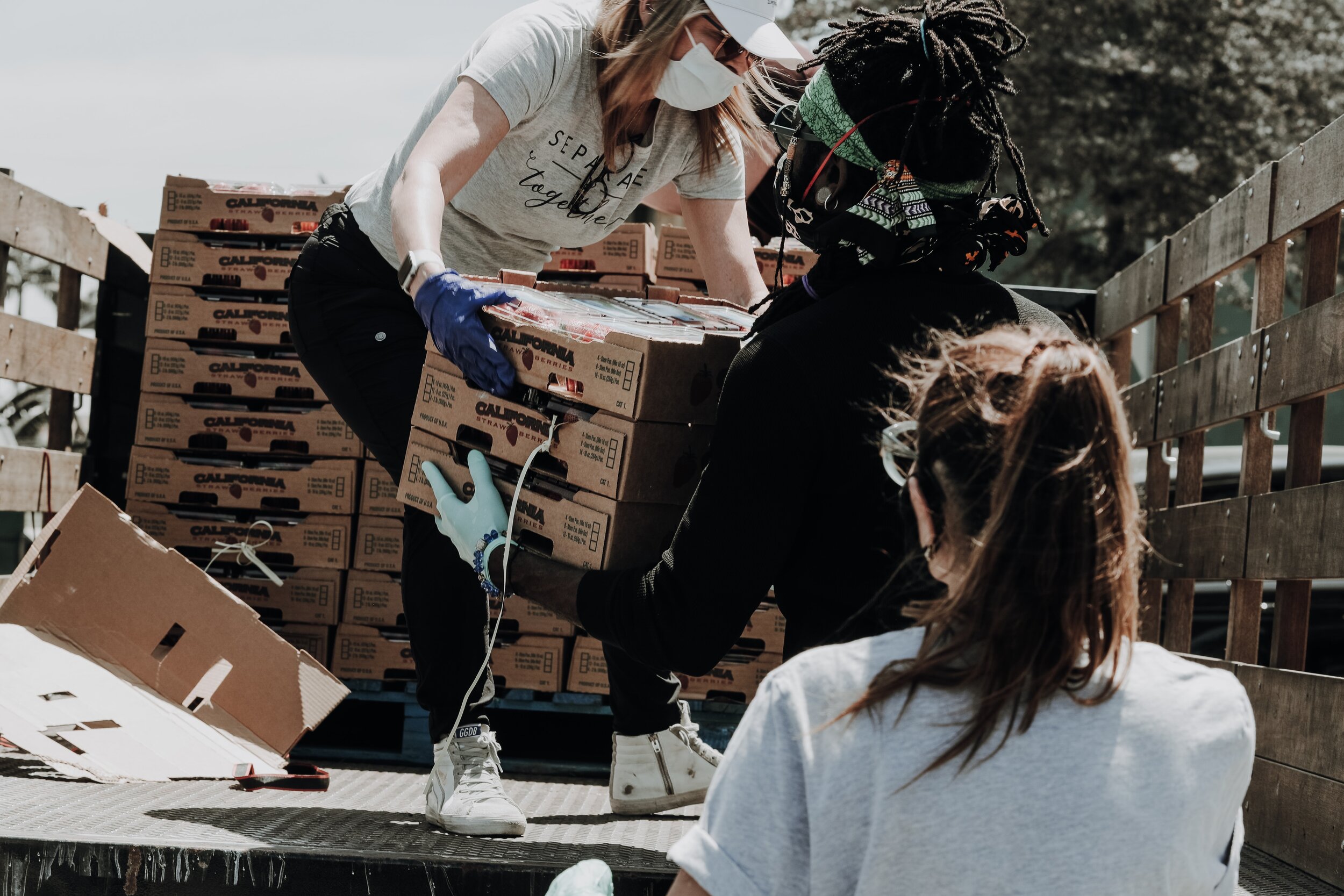Food in the Time of COVID-19
Written by Mary Ann Colihan, LCF volunteer & member of the Society of Environmental Journalists
For better or worse, the pandemic allows many of us to slow down, smell what’s cooking, and think about food system challenges in our brave new world.
Grocery store workers, long distance truckers and farmers are now rightly appreciated as front line workers – those essential personnel who put food on our table – sometimes at a significant risk to their own health. We show our respect when we disinfect our hands, shop in masks and not manhandle the produce.
Regardless, COVID-19 cases have popped up at our local grocery stores. The widespread transmission of the coronavirus in our regional greenhouse industry, mostly in migrant workers, shows the vulnerability of our local food system. The death toll in meat-packing plants in Ontario and Alberta is also unacceptable.
Under quarantine, I am fortunate to find it easy to want less, shop less and to seek out local food. Small permanent changes happened in our kitchen like cooking more meatless meals and generating less food waste. I became more aware of our taste for imports like avocados, bananas, coffee and citrus. They seem like greater luxuries now.
We can afford high-quality Canadian products and select imports. Not everyone is so lucky. Statistics Canada published data in May, 2020 that indicated almost one in seven (14.6 percent) Canadians live in a household where food insecurity was a problem. This number is up from 10.5 percent just two years ago.
And with schools closed, children who depend on free meal programs have suffered. Race is another contributing factor to food insecurity in Canada. According to FoodShare Toronto research, Black and Indigenous Canadians are more likely to experience barriers to affordable food.
COVID-19 has both highlighted disparities and brought distinct new challenges to our food supply chain that require drastic and expensive shifts in operations. From physical distancing, the use of personal protective gear, equipment modifications and new “concierge” jobs in grocery stores that direct traffic, costs are rising rapidly. It is inevitable that food prices will rise because the supply chain will have to charge more at every step of the process from farm to table. This ripple effect will serve to affect those in our community who are already struggling, the most.
There are things we can do to improve our food system that will help our community. For example, Ontario can strengthen local food production systems – and improve the provincial bottom line. A 2015 study conducted by the Greenbelt Foundation concluded, “If local production expanded to replace 10% of the top 10 fruit and vegetable imports, the Ontario economy would gain close to quarter of a billion dollars in GDP and 3,400 full-time jobs.”
Also, a report from Food Secure Canada, an alliance of organizations working to advance food security, said Canada shouldn’t return to the industrial food production model that’s been disrupted by COVID-19. They also note that if we invest in existing local food system infrastructure, such as food hubs, we will help Canada meet environmental and social goals.
And locally, over the past decade, crucial conversations with a wide variety of viewpoints have focused on how to strengthen the local food supply and build a food hub system for Southwestern Ontario. Organizations like the London Food Bank have called for a change in how we gather surplus food for distribution. Other groups like the London Food Coalition help reduce food waste and make families more food secure. Together we must continue to enhance the dialogue and invest in this issue the pandemic has sharply brought back into focus.

